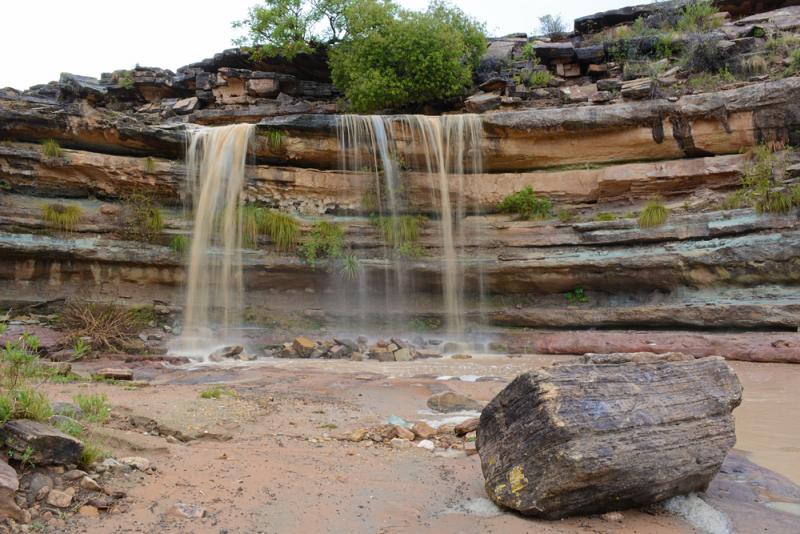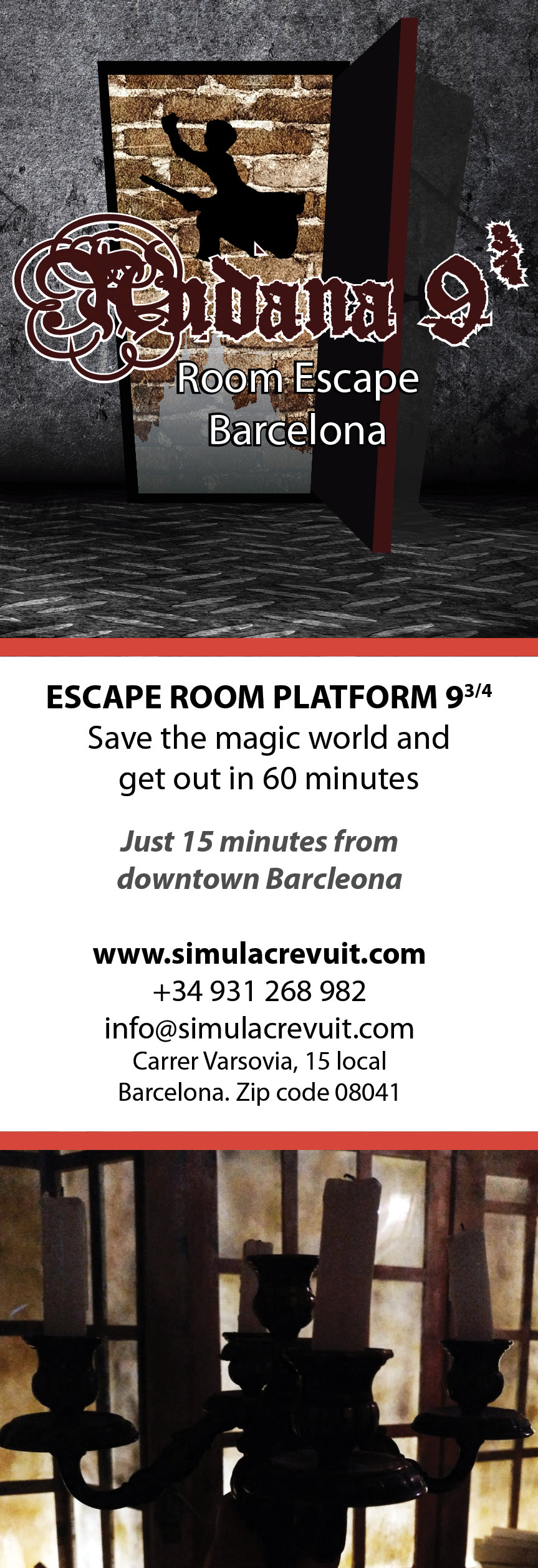
Exploring Bolivia’s Stunning National Parks
Bolivia’s borders are completely surrounded by five other South American countries, making it one of the most remote nations on the continent. Oftentimes, it can get a little lost on the tourist map and overshadowed by the astounding beauty and points of interest that the surrounding countries have to offer. Everyone knows that you can visit Brazil to see the Amazon, Peru to see Machu Picchu, and Argentina to see Iguazu Falls. These are all unmissable bucket list-type experiences that any tourist in South America would be planning to do. Granted, Bolivia is known for the Salar De Uyuni (Salt Flats), but while many travellers will come to visit this natural phenomenon, they usually then skip through the rest of the country. In their haste, most tourists don’t realise that Bolivia actually has much to offer too and can easily match, if not exceed, the greatness of any other South American country. The fact that Bolivia is filled by national parks is testament to natural beauty that it beholds. With the spine of the Andes Mountains protruding in the west and the depths of the Amazon jungle occupying the east, Bolivia is truly one of the most geographically diverse countries in the world and each national park gives a striking example of its diversity.
Torotoro National Park
If you have ever wondered if Jurassic Park is real; it is and it sits in central Bolivia, only its official name is Torotoro National Park. Granted you might not actually spot any dinosaurs here because(as far as we know) they are still extinct, but you just have to look to the dusty red ground as you walk around the park to know that dinosaurs once occupied the land that you stand on. If you follow the 3km trail from the local village to Cañon Torotoro and Vergel, you will find dinosaur footprints up to 50 centimetres long. The trail itself widens, revealing an intimidating drop as a canyon emerges into view, meanwhile an initial fear of the dizzying heights turns into nothing but awe. There are 800 steps taking you to the bottom of the canyon, which then becomes ripened with green life from the waterfall that cascades into a lagoon. The natural beauty of the Cueva Humajalanta (caves)makes the park even more impressive. A tour through the caves will have you crawling on your hands and knees through nooks and crannies, avoiding the stalactites protruding from the ceiling, to see how life develops in the stagnant underground. Wall paintings on the outskirts of the local village will reveal that dinosaurs weren’t the only ones to occupy the land; indigenous communities once lived here too.
Madidi National Park
Madidi National Park is one of the most biodiverse parts of the Amazon Rainforest due to its status as a protected area, arguably making it the best place in South America to explore the jungle. Not only is this national park inhabited by monkeys, jaguars, birds, snakes and spiders (unfortunately as well as 120,000 other species of insect), but it is also inhabited by 46 indigenous communities who still practice ancient Amazonian traditions. While you might get sightings of rare birds and mammals that are only found in the Amazon on tours into the jungle, you are unlikely to see a jungle tribe, which is a blessing in disguise as they might kill you faster than a snake bite if you crossed their territory. There are various Amazon tour options that make it possible for the nature-phobes and Bear Grylls aspirers to get acquainted with the wild jungle. There are eco-lodges for those who want to see the jungle whilst being able to return to home comforts like beds and showers; granted the showers are shoddy and the beds are hard but they’re still considered a luxury. Then there are tours that allow full immersion into the jungle, where the only possessions allowed are tents, a machete (just in case) and rice to cook on a campfire along with the fish of the day – piranha.
Eduardo Avaroa Andean Fauna National Reserve
The most well-known natural phenomenon in Bolivia is of course Salar De Uyuni (Uyuni Salt Flats), an 11,000sqkm mystical expanse of glistening salt on the flat white floor on the high planes of the Andean mountain range in the Eduardo Avaroa National Reserve, or as it’s more widely known, the biggest mirror in the world. Whilst the salt flats are a must-see on the South America bucket list, there are many other unparalleled sights of surreal beauty to visit in this reserve too, due to its unique high altitude position at 5000 metres above sea level, which attribute to its nickname –‘Iceland of the South’. Here you will find the Laguna Colorada, a dusty pink lake brimming with Andean Flamingo’s and Laguna Verde, a brown lake that magically turns emerald green at a moment’s notice to reveal a reflection of the snow-capped Licancabur Volcano, which still brews lava deep in its belly. Sunrise here is best viewed surrounded by the mist of troublesome geysers, which shoot scorching hot water from the ground without warning, but keep you warm nonetheless. You will also find the baron Siloli Desert here, the highest desert in the world, along with hot springs to bathe in, unexplainable giant rock formations to climb and many other extraordinary sights that makeup this harsh but magnificent landscape.
Share this article:




















